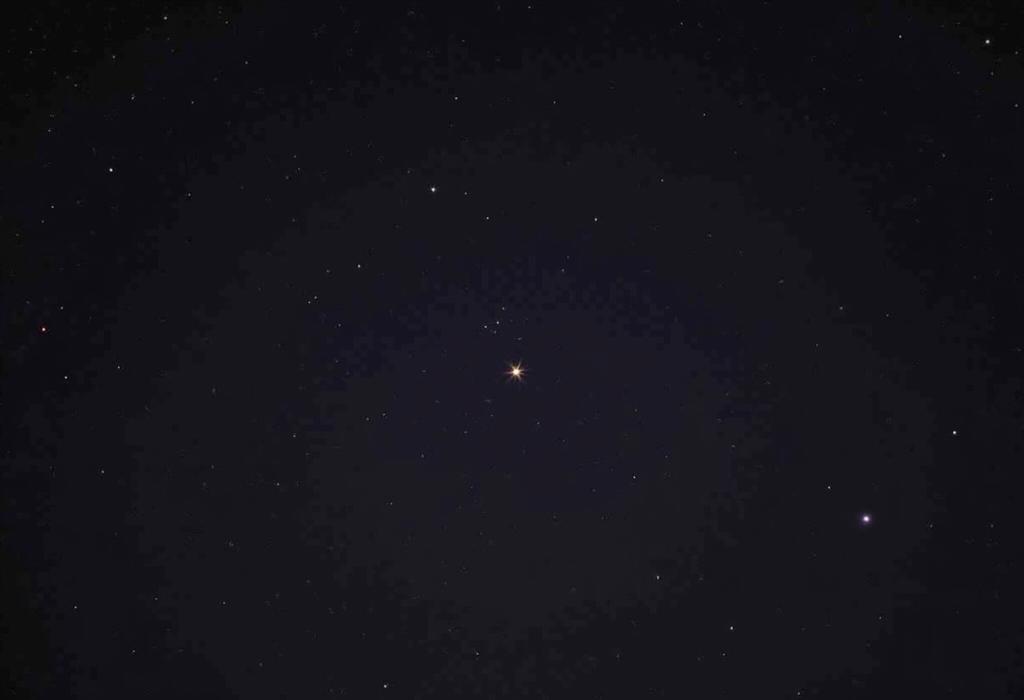In an exciting development for astronomy enthusiasts, a new comet, designated C/2025 F2 and nicknamed SWAN25F, has been officially cataloged by the Minor Planet Center. Co-discovered by Vladimir Bezugly from Ukraine and Michael Mattiazzo from Australia, the comet is named after the SWAN Instrument used during its discovery. The discovery process involved analyzing daily images from the Solar Wind Anisotropies (SWAN) camera on the Solar and Heliospheric Observer, revealing this cosmic visitor first sighted on March 29. Viewers hoping to catch a glimpse of the comet are encouraged to look towards the east-northeastern horizon just before sunrise. Advanced equipment such as binoculars or a telescope is recommended for optimal viewing. The comet will be particularly visible near the star Alpha Andromedae on April 13, 2025. Following its closest approach to the sun on May 1, there's optimism for visibility during sunset in early May, yet observers are reminded that viewing conditions will change swiftly.
This announcement speaks to the ongoing exploration of our solar system and how technology has altered the discovery landscape, shifting from individual amateur astronomers to sophisticated robotic systems and satellite observatories. While historical comet discoveries often involved significant observational dedication from skywatchers, the reliance on technological advancements raises questions about personal experience versus scientific achievement. The article, rich in detail, conveys enthusiasm for comet observation and offers a practical guide for anyone eager to catch a glance at this celestial body amid the darkening twilight skies.
The discussion on the composition of the comet, highlighting its gaseous properties indicated by its distinct color—a characteristic important for visually discerning the comet—adds depth to the narrative while educating readers about what to expect. Given the unpredictability of comet brightness and visibility, the article successfully captures both excitement and caution, driving home the point that while this comet presents an opportunity for amateur astronomers, it may not necessarily be a spectacular sight. This balance helps manage expectations while still fostering interest in astronomical observations.
However, the potential for bias exists in the framing of comet visibility: presenting the comet as a ‘must-see’ event might lead to inflated expectations among novice viewers, somewhat overshadowing the challenges of observing such astronomical phenomena without specialized knowledge or equipment. The insightful commentary by Joe Rao serves to both inform and inspire, reflecting a journalist's responsibility to engage an audience in an otherwise esoteric field. This analysis has been reviewed and enhanced by artificial intelligence to provide a comprehensive take on the news surrounding the comet SWAN25F.
AD
AD
AD
AD
Bias Analysis
Bias Score:
40/100
Neutral
Biased
This news has been analyzed from 7 different sources.
Bias Assessment: The article presents factual information and practical advice regarding the comet’s observation while fostering excitement among readers. However, the framing of the comet as a key event can influence expectations disproportionately. Overall, it maintains a mostly neutral stance but leans slightly towards promoting enthusiasm for comet observation, leading to a moderate bias score.
Key Questions About This Article




